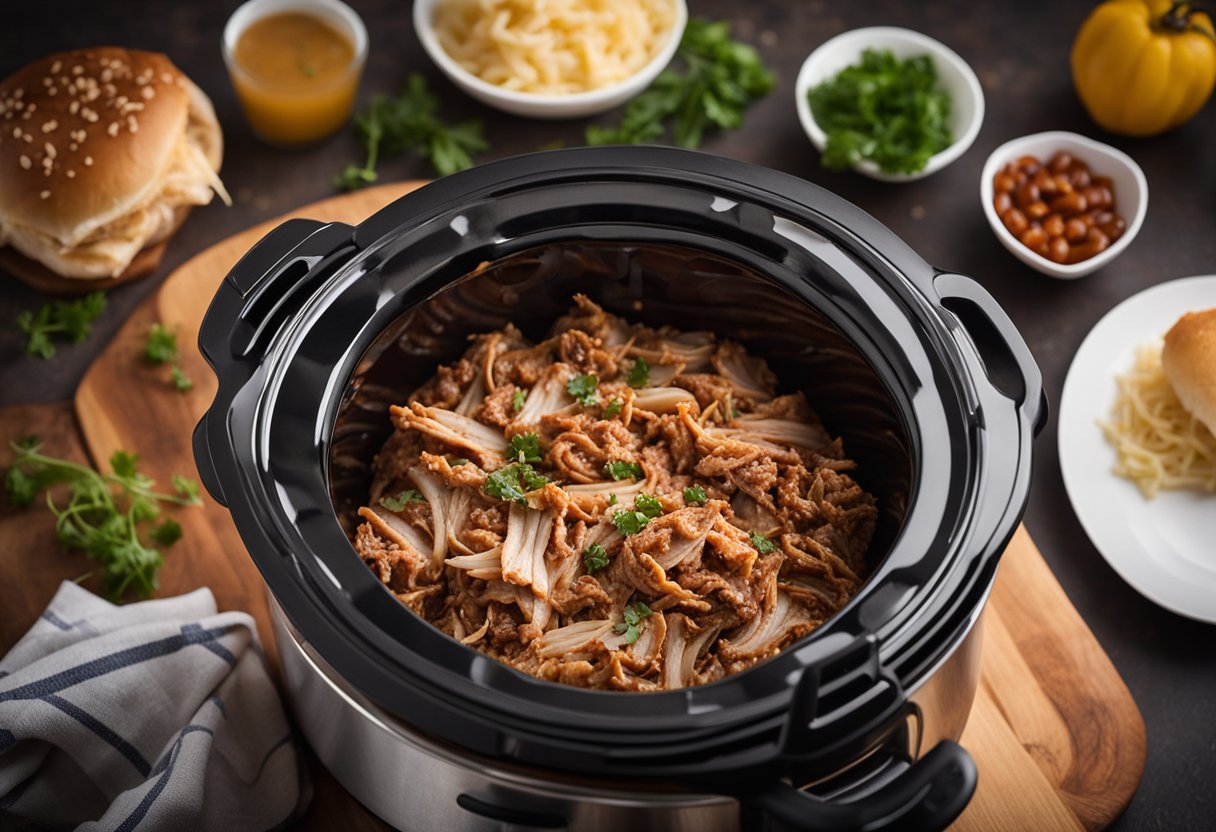Making pork tenderloin for dinner is great for a quick and easy option on busy nights. Pork tenderloin can be cooked in a variety of ways and can be reheated just as easily. Pork is a protein that can dry out easily, so there are a few methods you can follow to avoid this from occurring when you reheat pork tenderloin.
The best way to reheat pork tenderloin without drying it out is to use an oven. Some people swear by reheating pork tenderloin in a frying pan, on the grill, in a slow cooker, or the microwave. However, these methods must be used with caution to avoid overheating.
There are many things you can do with reheated pork tenderloin to make a meal, including using it for a sandwich, adding barbecue sauce, or using it in a casserole. The key to creating a satisfying meal from pork tenderloin, however, is reheating it properly.

Ways to Reheat Pork Tenderloin
Determining the best method for reheating pork tenderloin somewhat depends on how it was originally cooked, if it is whole or cut up, and how it has been stored. Certain reheating methods work better for specific time limitations, too.
In the Oven
The oven is a great way to reheat pork tenderloin that has been sliced into smaller pieces of left as a whole roast. It can be used to gently raise the heat of this cut of meat without drying it out or making it tough.
To use this method, preheat your oven to 325 degrees Fahrenheit and place your pork tenderloin into an oven-safe dish. You can cut it up if it won’t fit into your dish.
Allow the pork tenderloin to cook for around 20 minutes or until an internal temperature of 165 degrees Fahrenheit has been reached. If it isn’t quite done, you can check the thermometer every 3-5 minutes until it reaches this temperature internally.
In a Frying Pan

From the sounds of this method, you may think your leftover pork tenderloin might dry out. However, there is a theory behind this heating method that works well.
After putting your pork tenderloin in the frying pan, you can add some liquid to keep it moist and avoid a hard crust from forming. Then, place a lid on top of your frying pan to keep the moisture in. This makes all the difference in reheating pork tenderloin in a frying pan.
Using a Microwave
If you are in a serious time crunch, simply pop a few pieces of cooked pork tenderloin into the microwave for 1-2 minutes. This works best for slices of pork tenderloin or small chunks.
Of course, you might have problems fitting a whole pork tenderloin into your microwave. Chances are, you also wouldn’t be able to reheat it evenly. So, this reheating method isn’t recommended for whole pork tenderloins.
Using a Slow Cooker
When you want to be able to set your pork tenderloin to warm for a period of time, consider using a slow cooker. When you use this method to reheat your pork tenderloin, you will want to use some sort of sauce or gravy, too.

Adding a liquid will add some flavor to your pork tenderloin, but it will also keep it from burning or scorching. Sauce or gravy atop pork in a slow cooker will keep it from drying out, too.
Things to Keep in Mind When Reheating a Pork Tenderloin
Regardless of what method you chose to reheat your pork tenderloin, you will want to make sure you’re following proper food safety protocols. These practices include:
- Only reheating your pork tenderloin once. Don’t put it back in the fridge after it has been warmed and reheat it again, as these are perfect conditions for harmful bacteria to grow.
- Do not store your pork tenderloin in the fridge for longer than three days before reheating. Not only will it go bad in this time, but it will dry out.
- Do not reheat pork tenderloin that has sat out for more than two hours. This will exceed the maximum temperature it has to be stored at and could cause your pork to grow bacteria.
Revisiting the Best Way to Reheat Pork Tenderloin
While there is a perfect way to reheat every type of pork tenderloin, regardless of how it’s been cut, warming it up in the oven is the most versatile. The oven can be used for all sizes of pork tenderloin, as well as promote even heating.







